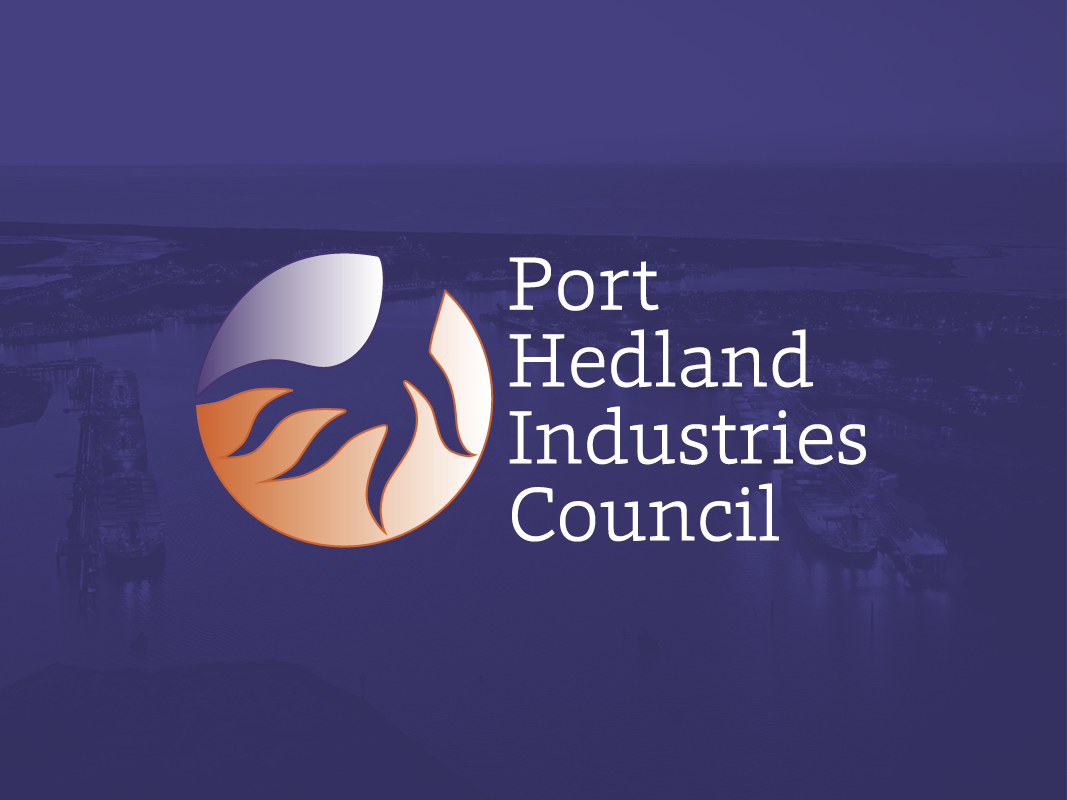The economic contribution of the Pilbara continues to grow, delivering Gross Regional Product of $74.8 billion in 2022, PHIC’s Community Industry Forum was told this month.
In a presentation, Regional Development Australia – Pilbara, Chief Executive Officer Tony Simpson said the 2022 result was up from $57.3 billion in 2021, and $46.6 billion in 2020.
The Pilbara accounted for 20.6 per cent of Gross State Product, with the value being delivered by 4 per cent of the State’s population.
He said an investment pipeline of new projects either under consideration or construction of $192.4 billion had the capacity to create around 53,400 jobs.
The projects include Woodside’s Scarborough and Pluto 2 projects, expansion of existing mines or new mining in the iron ore sector, urea and methanol production, increased activity in critical minerals mining, large scale renewable projects, and multiple hydrogen and ammonia energy projects.
“The Pilbara is based on iron ore but there is increasing diversification into gold, copper, nickel and aluminium,” Tony said.
“If you’d said five years ago we would find gold at a level of 135m down and 65km out of Port Hedland you wouldn’t have been believed, but now it’s the case that gold finds get bigger by the day.
“The other sector that has really come along is critical minerals and rare earths.”
With abundant solar and wind resources, the region was also well placed for renewable energy to service the emerging hydrogen industry and to assist companies seeking to decarbonise their operations.
“We burn 4.1 billion litres of diesel a year in the Pilbara. Victoria, with 6.5 million people, burns 3.9 billion litres,” he said.
“The push now is bigger than ever to move away from fossil fuels.”
A reduction in CO2 emissions was one of the benefits of developing maritime freight service between Asia and Port Hedland.
“Since 2019 we were looking at how we could get sea containers into Port Hedland and Dampier. We kicked off the process with mining industry and in 2022 up to 12,000 containers were moved, which accounts for about three percent of the total inbound freight market,” Tony said.
“Modelling has shown that the direct maritime freight service has resulted in an increase to the Pilbara’s Gross Regional Product of more than $100 million.
“It has delivered a reduction in import freight times of more than 70 per cent, a reduction in import freight costs of up to 50 per cent, and a reduction in CO2 emission of about 35,000 tonnes a year compared to previous supply routes.”
He said work was being done to explain the value to small businesses if they shared sea container space from the Asian market direct to Port Hedland.
“There is a cost involved, around $700 more to get it into Port Hedland than it does to Fremantle because it is a smaller ship, but the goods don’t have to then be trucked 1500km from Fremantle to Port Hedland,” he said.
The Pilbara Development Commission was now looking at the potential for air freight services.


